Replacing lithium ion cells in an old laptop battery pack, I want to connect the new cells in parallel before removing the old ones to avoid the BMS locking (if it even would do that). The pack uses three parallel pairs of cells in series to make 10.xx volts with low and medium taps going to the BMS. I bought six new 18650 from a reputable national battery company that are the same ampere-hour spec as the old ones. All my new cells arrived with 3.55V. After charging the laptop battery pack, the old cells in it are within -50 mV of the new cells, but the old cells are not able to run the computer for more than a few second before it shuts down, which makes me think they are simply high internal resistance. I think putting the new cells in parallel temporarily shouldn't cause significant current flow as long as the old ones are fully charged. My new cells are spot welded in the correct configuration and I merely need to connect the jumper wires appropriately to the open battery pack. I've read that after replacing all the cells, the battery pack should be run through a charge cycle or two, to calibrate the BMS.
So I'm wondering, would it be safer to use resistors as shown in my diagram when connecting the new batteries before removing the old ones? I've worked with electronics all my life and understand current and voltage very well, but feel I should be prudent from all the warnings I've heard about lithium batteries failing.